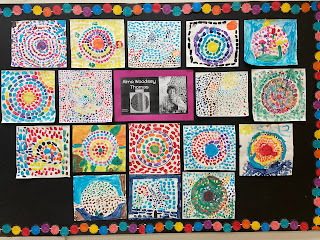Hello families,
I hope you are well. It's been another jam-packed week at school, trying to squeeze all the February celebrations in.
Last week, we had Canada's pink shirt day. We heard the story of how this day came to be, and we had a good talk about what bullying is. We focused on the importance of INcluding, not EXcluding and how we can be supportive friends every day at school. We also talked about what a bystander is. I explained that it's, basically, someone who stands by. The people standing by when someone needs help have a choice - they can do nothing, or they can try to help. A good bystander might invite someone who is having trouble to walk away or come play with them. A good bystander might support their friend with words or actions of support (like the students that started pink shirt day). A good bystander would go and get an adult if they see someone is in trouble. We shared examples of when people have helped us in the past, which was really nice, and made pink shirt posters with kind words and reminders.
Pink shirt day ties in well to Black History Month, which we also focused on a lot this week. The kids are already very familiar with the story of Viola Desmond, but we read it again anyway. The kids were quick to point out all the injustices in her story, and question why someone would be treated that way, or why people would be separated, simply because of their skin colour. As with the pink shirt, we talked about how important it is to include everyone, regardless of how we look, what colours we like, or what our favourite activities are. We can see that even within our small class, we all look different. Some students shared that they believe everyone is unique and special in their own way.

In February, we also had the Olympics going on! I wish we had done more with this. However, we did do our own olympic course for DPA last week. We had to luge down the slide, speed skate across the icy ground, curl a ball towards a target tree (one partner tried to sweep a path clear of snow) and then finish up with a snow angel!




















